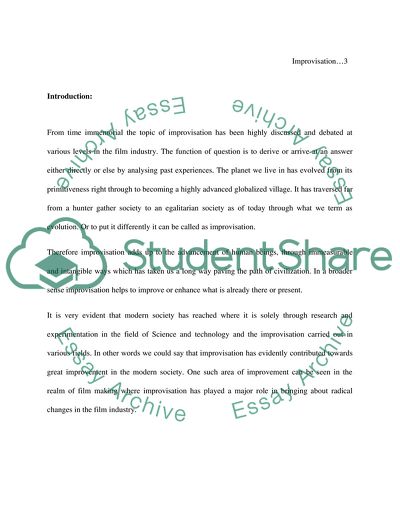Cite this document
(Performing the Real: An Analysis of Improvisation in Film Essay, n.d.)
Performing the Real: An Analysis of Improvisation in Film Essay. Retrieved from https://studentshare.org/visual-arts-film-studies/1712085-performing-the-real-an-analysis-of-improvisation-in-film
Performing the Real: An Analysis of Improvisation in Film Essay. Retrieved from https://studentshare.org/visual-arts-film-studies/1712085-performing-the-real-an-analysis-of-improvisation-in-film
(Performing the Real: An Analysis of Improvisation in Film Essay)
Performing the Real: An Analysis of Improvisation in Film Essay. https://studentshare.org/visual-arts-film-studies/1712085-performing-the-real-an-analysis-of-improvisation-in-film.
Performing the Real: An Analysis of Improvisation in Film Essay. https://studentshare.org/visual-arts-film-studies/1712085-performing-the-real-an-analysis-of-improvisation-in-film.
“Performing the Real: An Analysis of Improvisation in Film Essay”, n.d. https://studentshare.org/visual-arts-film-studies/1712085-performing-the-real-an-analysis-of-improvisation-in-film.


